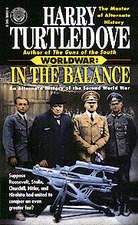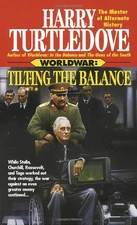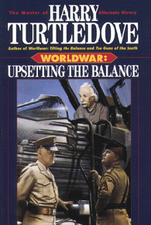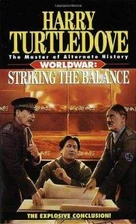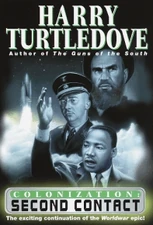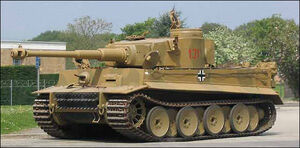
The Tiger I is the common name of a German heavy tank used in World War II, developed in 1942. The final official German designation was Panzerkampfwagen Tiger Ausf. E, often shortened to Tiger. It was an answer to the unexpectedly formidable Soviet armor encountered in the initial months of Operation: Barbarossa, particularly the T-34 and the KV-1. The Tiger I design gave the Wehrmacht its first tank mounting the 88 mm gun, which had previously demonstrated its effectiveness against both air and ground targets. During the course of the war, the Tiger I saw combat on all German battlefronts. It was usually deployed in independent tank battalions, which proved to be quite formidable.
Tiger Tank in The War That Came Early[]
In late 1942, the Tiger entered into service against the Red Army. It carried the 88mm in its turret and so was substantially larger than any previous panzer. Only the Soviet KV-1 matched it in size. When Theo Hossbach and his crew mates first saw one, they crowded around the tank. Hossbach asked what it was called and received the laconic answer of Panzerkampfwagen Mark V. Grinning, the commander then added it was also called the "Tiger".[1]
However, the Tiger crews were overconfident. On patrol the next day, they successfully attacked a force of T-34s, causing them to retreat. Aggressively chasing them, one Tiger raced over a mine, blowing off a track. The rest then proceeded somewhat more cautiously.[2] The Tiger also proved effective against British armor, destroying both Matildas and Valentines with impunity.[3]
Tiger Tank in Worldwar[]
Just like with the Panther, the Tiger was designed to give Germany a tank which could fight the Race's Landcruisers equally. Although it was still inferior to the Landcruisers, the Lizards' leadership were worried about the Tiger and the Panther as their rapid development and production showed a Tosevite pace of change and adaptation that the Race did not share.
References[]
- ↑ Two Fronts, pgs. 284-285.
- ↑ Ibid, pgs. 286-287.
- ↑ Ibid, pgs. 289-290.
| ||||||||||||||||||||||
| |||||||||||||||||||||||||






